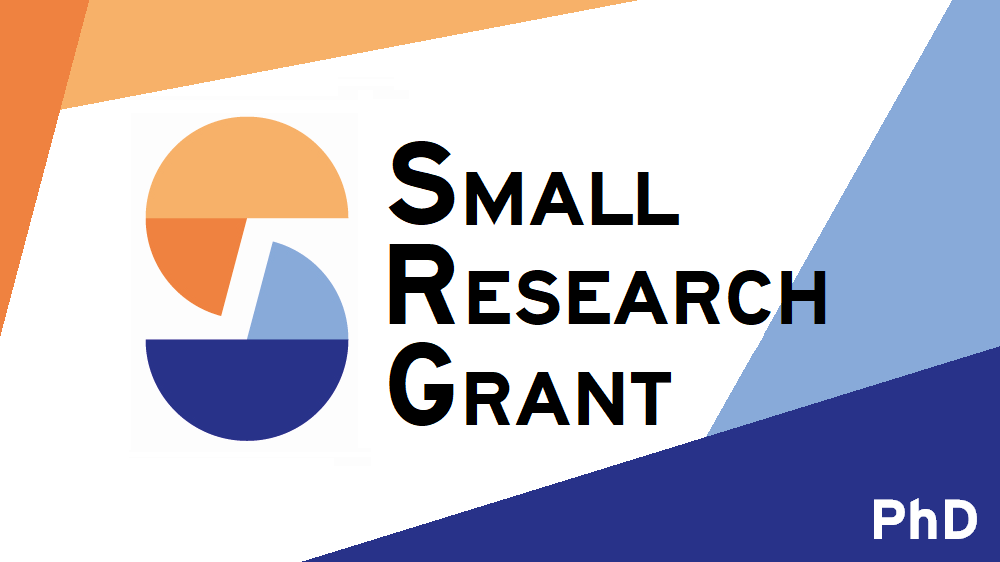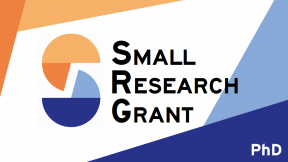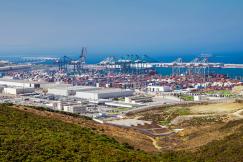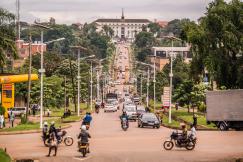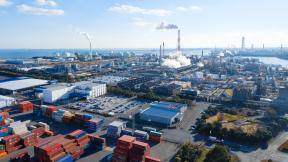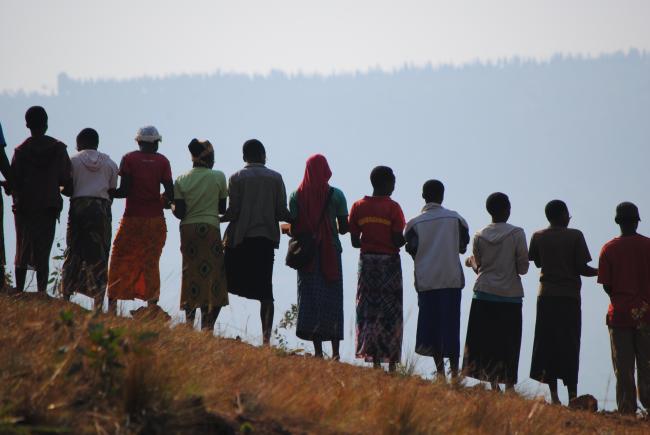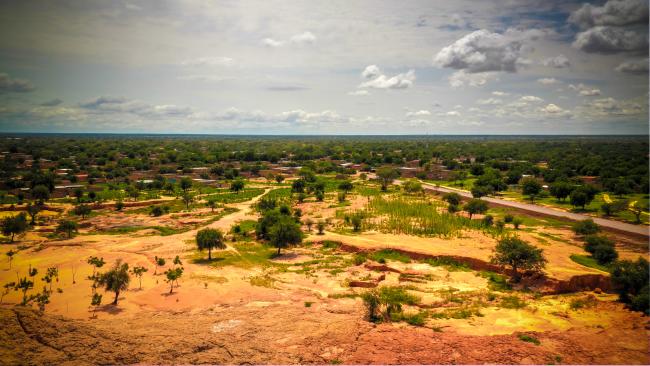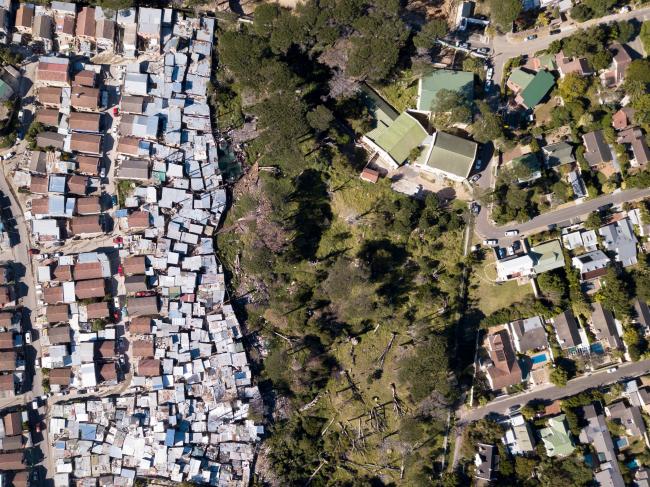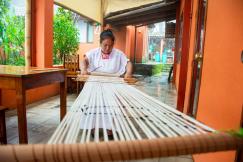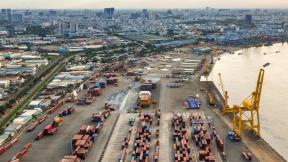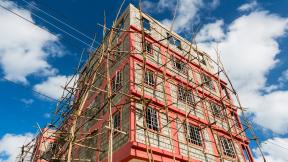While there is evidence that agricultural productivity in developing countries is limited by frictions in land markets (Adamopoulos & Restuccia, 2014; 2020), it remains to be seen how much the distribution of agricultural landholdings directly influences sectoral employment shares. Given the likely interdependence between land inequality and structural change, it is impossible to determine the causal relationship between the two without an exogenous shifter of land inequality. This project leverages a unique policy experiment in Indonesia to be able to make causal claims about the role of land inequality on structural change.
From the 1950s to the 1990s, the Indonesian government relocated over 2 million individuals from the inner islands to newly created villages in the rural outer islands through the Transmigration Program. Importantly, households received an equal amount (2 hectares) of land upon arrival via a lottery. While previous studies have used this setting to examine skill transferability and political economy outcomes (Bazzi et al., 2016; 2019), this research project is the first to make use of the temporal variation between program villages. The study shows that Transmigration villages were balanced on geographic features across time and location. The number of years since the creation of a Transmigration village is used to identify the speed at which agricultural land inequality evolves from an initial condition of perfect equality.
The study finds that, across a variety of specifications, villages created longer ago display higher levels of agricultural landholding inequality, despite starting with the same initial conditions as newer villages. It additionally finds that villages with higher land inequality–and villages created longer ago–have lower agricultural shares, show properties of increased structural transformation, and exhibit increased productivity in both the agricultural and non-agricultural sectors. Finally, older villages see larger gains in human capital over time, with the effects particularly accruing to newer generations.
This research studies the role of land inequality and reform on structural change. Land market frictions and land reform are both common features between the Indonesian context and sub-Saharan African countries (Manysheva, 2022). Additionally, examining policies and mechanisms that can promote structural change is highly policy-relevant for sub-Saharan African countries, which have the highest agricultural employment sector in the world. Through a theoretical model and structural estimation, the results are designed to be context-independent and highly relevant to low and middle-income countries that share these common frictions. Indonesia is the focus due to the unique policy experiment and highly detailed data available. Despite not being a sub-Saharan African country, the average Gini coefficient on land inequality in the sample is 0.40, which is comparable to the estimates of sub-Saharan African countries (Van De Walle, 2009).
